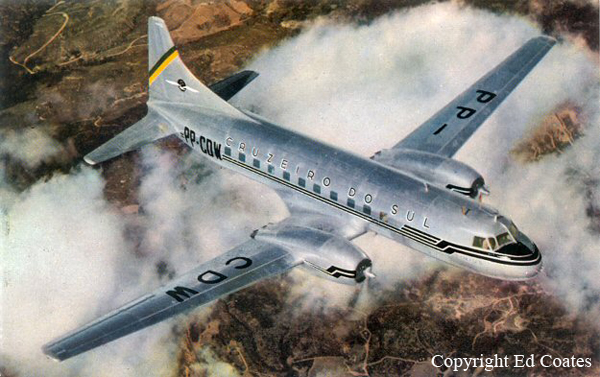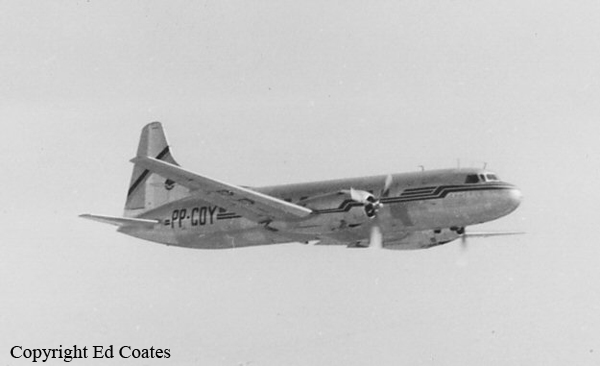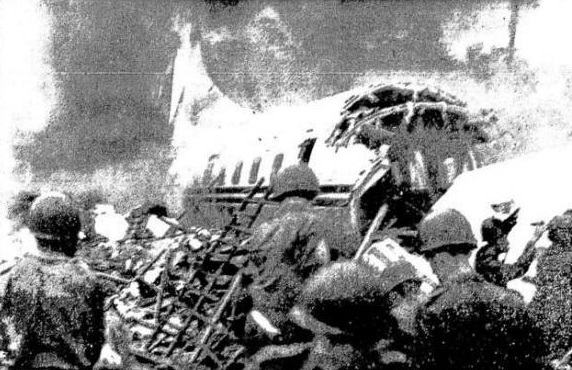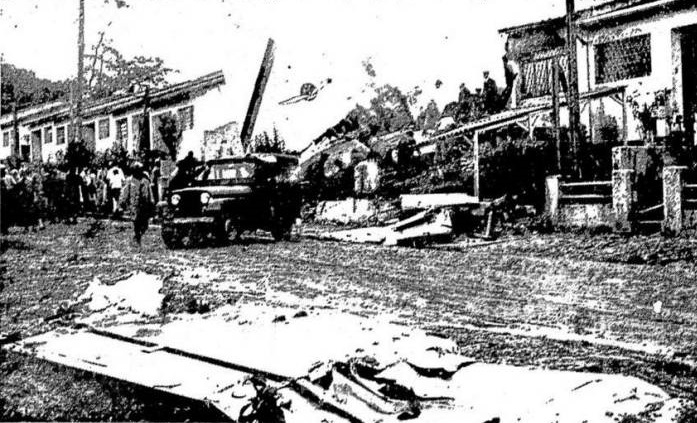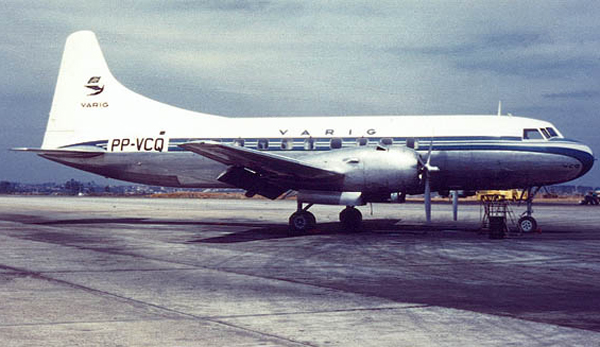Crash of a Douglas C-47B-20-DK in Passo Fundo: 15 killed
Date & Time:
Jul 1, 1963
Registration:
PP-VBV
Survivors:
Yes
Schedule:
Porto Alegre – Passo Fundo
MSN:
15444/26889
YOM:
1944
Flight number:
RG280
Crew on board:
3
Crew fatalities:
Pax on board:
15
Pax fatalities:
Other fatalities:
Total fatalities:
15
Circumstances:
On approach to Passo Fundo Airport, the crew encountered poor weather conditions with low visibility. On final, the aircraft was too low, struck trees and crashed in a wooded area located few km short of runway threshold. Both pilots and 13 passengers were killed while three other occupants were injured. The aircraft was destroyed.
Probable cause:
Error of judgement on the part of the pilot in attempting to fly visually in unfavorable weather conditions during twilight.






